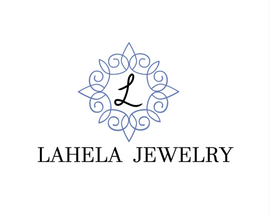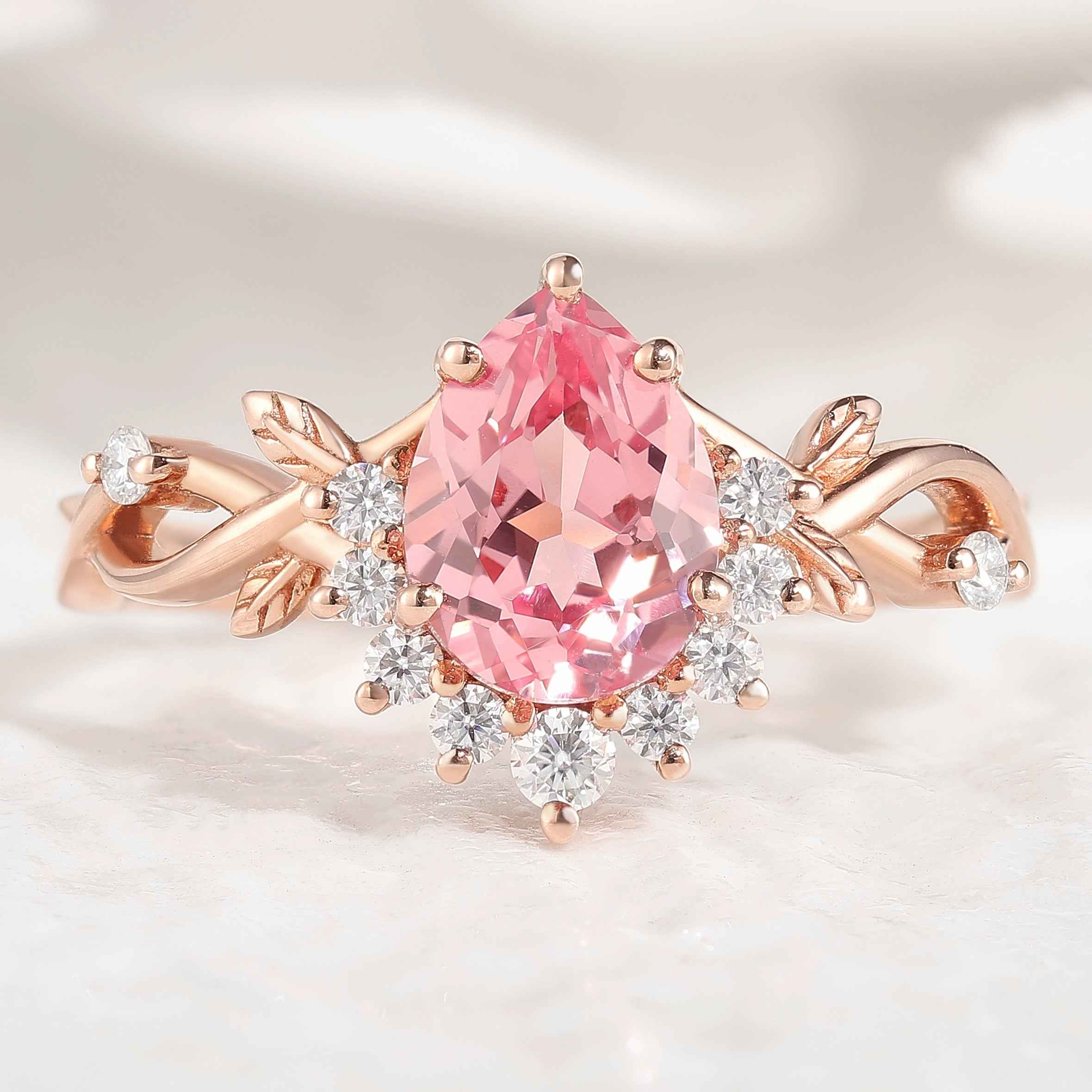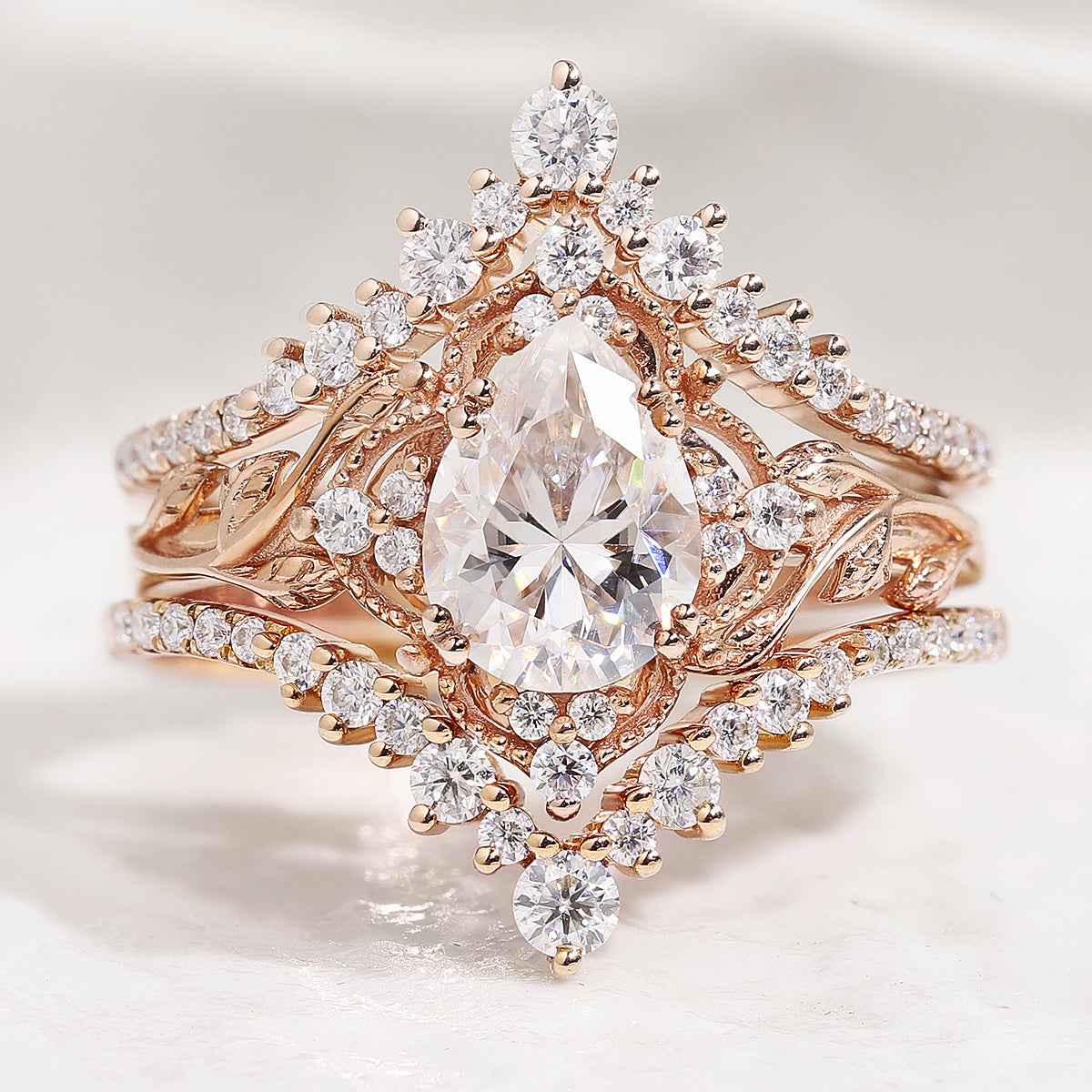If a classic diamond doesn't quite capture your unique love story, the romantic green of an emerald might be calling your name. These stunning gems are a beautiful way to express individuality. But an emerald ring isn't for everyone—it's a softer stone that needs mindful wear and special attention. So, is this gorgeous green gem the right fit for your daily life? Here are the key points to consider before making your final decision on this beautiful alternative.
The Enduring Symbolism of Emerald Engagement Rings
Emeralds have a rich history filled with romance and royalty. Knowing the story behind the stone can make wearing one feel even more special.
- Love and New Beginnings: For thousands of years, emeralds were tied to love and new life. The ancient Romans gave the gem to Venus, their goddess of love and beauty. Because of this, it's thought to stand for a faithful, strong, and lasting partnership—a perfect symbol for a couple starting a new life together.
- Truth and Hope: Old stories say that an emerald brings happiness to a home and could even reveal a partner's faithfulness, so the gem is seen as a stone of truth, honesty, and hope for a bright future.
- Royalty and Power: Emeralds have always been a favorite of royalty. Cleopatra was famously obsessed with them, and they are featured heavily in the British Crown Jewels. For centuries, these green stones have signaled wealth, status, and refined taste. Choosing an emerald gives your ring a sense of that same power and sophistication.

The Pros of an Emerald Engagement Ring
There are some great reasons why an emerald might be the perfect choice for you.
A Stunning, Unique Look
The stunning green hue of emeralds is the main factor that draws people to them. Unlike other stones, it is vivid and has a unique light. Additionally, each emerald has its own pattern of internal natural lines and spots that are often called its "jardin" (the French word for garden). These are not seen as defects; rather, they are an indication that your stone is authentic and unique, much like a natural fingerprint.
A Deeply Symbolic Choice
As mentioned earlier, emeralds have long been connected to love, loyalty, and new beginnings. Choosing an emerald is a way to wear those ideas on your finger. It can be a powerful representation of your hopes and goals as a couple, making the ring feel even more special and personal.
A Ring That Stands Out
An emerald ring is a bold and confident choice in a sea of diamonds. It immediately shows you have a unique sense of style. If you want a ring that gets noticed and feels different from the traditional options, an emerald is a fantastic pick. Its rich color makes a statement and sets you apart.
Lasting Value
While love is the main reason for the ring, it helps to know that fine emeralds are very rare—even more so than diamonds. A high-quality stone with great color can be a real asset. This means a beautiful emerald ring can hold its value, or even increase it over time, which is a very smart purchase.
Ethical and Affordable Lab-Grown Options
You also have the option of choosing a lab-grown emerald, which is a smart pick for many reasons. These are chemically identical to mined emeralds but often cost significantly less. They also tend to look "cleaner" with high clarity. Best of all, they are an excellent ethical choice, giving you peace of mind that your beautiful stone is sustainable and conflict-free.
The Cons: What to Be Aware of with Emeralds
While emeralds are stunning, they do have some practical drawbacks. Being aware of their vulnerabilities in durability and care is the key to enjoying one for a lifetime.
They Are Softer Than Diamonds
This is the most important thing to be aware of. On a hardness scale from 1 to 10, diamonds are a 10. Emeralds rank between 7.5 and 8. While still hard, this means they can get scratched more easily by everyday materials. More importantly, the natural lines inside the stone can be weak spots. A sharp knock against a countertop or doorframe could potentially chip or crack the gem.

They Need Special Care
An emerald ring requires more mindful handling. It's sensitive to harsh chemicals found in cleaning supplies and even some lotions. Big temperature changes can also be a problem. You'll need to be careful and take it off during chores or workouts. Furthermore, most emeralds are treated with a special oil to improve their clarity. This oil can dry out over time, so your ring might need to be professionally re-oiled by a jeweler every few years to maintain its best look.
High Quality Comes at a High Price
You can find emeralds at many price points, but the best ones are very expensive. A top-tier emerald with a vibrant green color and high clarity can easily cost more than a diamond of the same size. If you want a large, high-quality stone, be prepared for a significant investment.
Popular Styles for Emerald Engagement Rings
The right ring setting does two things: it makes your emerald look amazing and keeps it safe. Some styles do this better than others. A few of the most popular and practical choices for an emerald engagement ring are as the following:
The Classic Solitaire Emerald Ring
This simple, elegant style puts the focus squarely on the emerald. It lets that gorgeous green color be the star of the show. For extra safety, a bezel setting, which wraps a thin metal band around the stone's edge, is a really smart choice for an emerald solitaire.

The Sparkling Halo Emerald Setting
A halo ring features a circle of small diamonds around the center emerald. This style is incredibly popular because all that sparkle makes the green color pop even more. The halo also acts like a tiny bodyguard, protecting the edges of the emerald from bumps and scrapes.

The Symbolic Three-Stone Emerald Ring
This style, with an emerald in the middle and other gems on each side, is full of character. The three stones are often said to stand for a couple's past, present, and future. It's a beautiful choice that adds extra sparkle while telling a sweet story.

Vintage & Art Deco Emerald Rings
Emeralds were a huge deal in the 1920s and '30s, and that Art Deco style is still loved today. These rings often have cool geometric shapes and detailed metalwork, like tiny decorative beads along the edges. It's a perfect look for someone who wants a ring with a timeless, romantic feel.

The Romantic 'Toi et Moi' Emerald Ring
'Toi et Moi' is French for "you and me," and this style is as romantic as it sounds. It features two main stones sitting side-by-side. Pairing an emerald with a diamond creates a very personal ring that symbolizes two people coming together as one.
How to Choose the Right Emerald Engagement Ring
Choosing an emerald is different from picking a diamond. For these green gems, some rules change.
The "Four Cs" for Emeralds
- Color: The most desirable emeralds have a highly saturated, vivid green color. Look for a hue that is pure green or has a slight blueish tint. Avoid stones that are too yellowish or too dark.
- Clarity: Nearly all emeralds have natural marks inside. Instead of hunting for a perfectly clean stone (which is incredibly rare and expensive), look for one where the internal pattern is beautiful and doesn't distract from its overall sparkle.
- Cut: The classic emerald cut—a rectangle with clipped corners—was designed specifically for this gem. It shows off the deep color perfectly and, just as important, protects the corners from chipping. Ovals and pears are also great choices.
- Carat Weight: Like other gems, bigger emeralds cost more. An interesting fact is that a one-carat emerald will look larger than a one-carat diamond because it's less dense. Just choose a size that you love and that fits your budget.
The Ring Setting is Your Emerald's Bodyguard
Because an emerald is a bit more delicate, the ring's setting is a practical choice, not just a style choice. Protective settings are highly recommended.
- A bezel setting, which wraps the entire gem in a thin metal frame, offers the most security.
- A halo setting also provides a good buffer.
- If you prefer the look of prongs, just make sure they are strong and cover the vulnerable corners well.
Natural vs. Lab-Grown Emeralds
You can also choose a lab-grown emerald ring. These are real emeralds with the exact same properties, just made by science. They are more affordable, often have fewer flaws, and are a great conflict-free choice. The decision is personal - do you prefer the romance of a stone from the earth, or the value and peace of mind from a lab-created one?

Emerald Engagement Ring Maintenance: Do's and Don'ts
Proper care is absolutely vital to keeping your emerald ring looking beautiful for decades. Following these simple rules will protect your precious investment from harm.
The Do's
- Do clean it gently. Use a very soft toothbrush, a bit of mild dish soap, and lukewarm water. Gently scrub behind the stone where dirt can build up, rinse thoroughly, and pat dry with a soft, lint-free cloth.
- Do store it separately. Keep your emerald ring in its own pouch or a separate compartment in your jewelry box. This prevents harder gems like diamonds or sapphires from scratching it.
- Do take it off. Remove your ring before engaging in any strenuous activities. This includes going to the gym, gardening, doing dishes, or any hands-on work.
- Do have it inspected annually. A professional jeweler can check the prongs to make sure they are secure and assess the condition of the emerald.
The Don'ts
- Don't use harsh cleaners. Never use ultrasonic cleaners, steam cleaners, or chemical jewelry solutions. These can damage the stone and strip out the oil treatment, leaving the emerald looking dull.
- Don't expose it to extreme heat. Avoid sudden temperature changes. Don't leave your ring in a hot car or wear it in a hot tub.
- Don't wear it while cleaning or swimming. Household cleaners contain chemicals that can harm the stone, and the cool water of a pool can cause your fingers to shrink, making it easier for the ring to slip off.
Making the Final Call on an Emerald Ring
So, is an emerald ring right for you? It is, if you value its amazing color and are committed to its care. Keep the key points in mind: look for a rich green, choose a secure setting to protect it, and be mindful during daily wear. Do that, and you'll have a uniquely beautiful ring that tells a story and will last a lifetime.
FAQs about Emerald Engagement Rings
Q1: Is an emerald durable enough for everyday wear?
It can be, but with caution. It is not as resilient as a diamond or sapphire, so the wearer's lifestyle is a major factor. With a protective setting and mindful habits (like removing it during rough activities), an emerald can be worn and enjoyed daily.
Q2: How can I tell if an emerald is high quality?
Look for a vivid, saturated green color with a bluish to pure green hue. While inclusions are normal, avoid stones with large, obvious cracks or so many inclusions that the stone looks cloudy. The gem should have a lively glow.
Q3: Are lab-grown emeralds real emeralds?
Yes, they are physically and chemically identical to natural emeralds. They are simply created in a controlled laboratory environment. This makes them a more affordable and often more durable option, as they tend to have fewer internal fractures.


